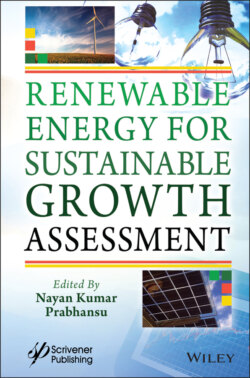Читать книгу Renewable Energy for Sustainable Growth Assessment - Группа авторов - Страница 22
1.3 Technologies Available for Conversion of Bioenergy
ОглавлениеThree main routes are available for the conversion of biomass to usable forms. They are as follows:
i. Thermo-chemical conversions:It involves the process of pyrolysis, gasification, combustion and liquefaction [41, 78–86], as shown in Figure 1.4.
ii. Biochemical conversions:This route helps in converting biomass to the main carbohydrate so that further, it can be converted to several bio-products like biogas and mainly liquid fuels. The agents involved are mainly bacteria and enzymes [87]. Important available technologies are fermentation and anaerobic digestion [81, 88–95].
iii. Physico-chemical conversions:The exact conversion of biomass into bio-oil is dependent on several variables or elements, i.e., composition of feedstock, temperature and heating value, pressure, solvent, residence time, and catalysts. The process mainly involves the conversion of vegetable oil and animal fat into biodiesel. Major oils used are rapeseed, jatropha, sunflower [96, 97]. Comparison of bio-fuel (bio-diesel and bio-ethanol) production for different countries over the period 1990-2019 is shown in Figure 1.5 [98].
Figure 1.4 Thermochemical options for the production of fuels, chemicals, and power [79].
Figure 1.5 Trend of bio-fuel production for different countries over the period 1990-2019 [98].
